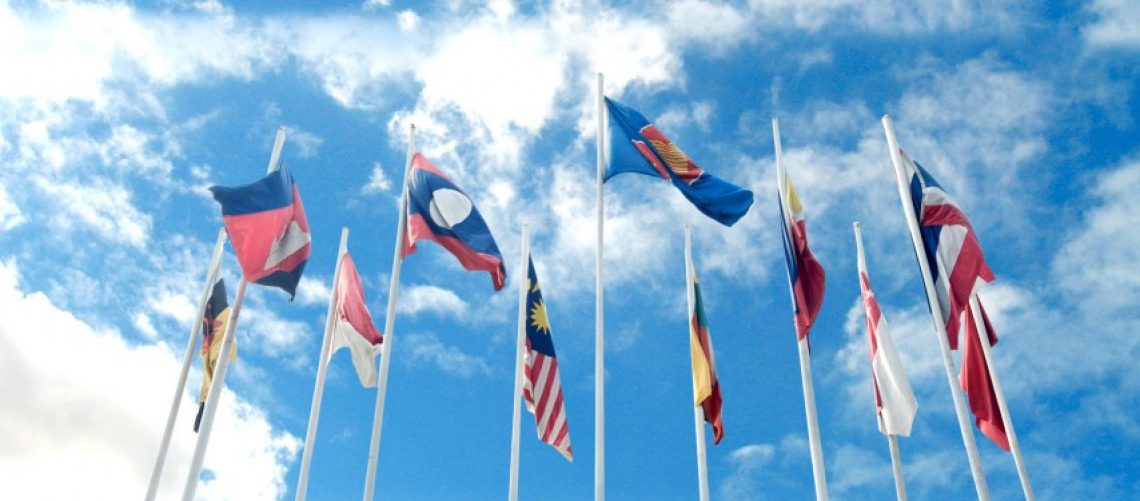The 10th ASEAN Digital Broadcasting Meeting was held on 16-17 March 2011 at the Eastwood Richmonde Hotel, Quezon City, Philippines. It was hosted by the People’s Television Network, Inc., Philippines and co-organised by the Prime Minister’s Office of Brunei Darussalam. The Meeting was attended by delegates from ASEAN Member States and industry players related to digital television.
The ASEAN Member States updated the Meeting on the status on DTV implementation in their respective countries. The Meeting noted that the National Telecommunications Commission (NTC) of the Philippines has officially announced the recommendation of its national organization of broadcasters, to adopt ISDB-T as their transmission standard.
The Meeting has finalised the guidelines for ASEAN Digital Switch-Over. The group agreed that the status report from each member country relative to country-specific implementation of the said guidelines shall be consolidated and attached to the updated ASO guidelines in time for the 11th AMRI meeting.
The Meeting also emphasised the importance for ASEAN Member States to continue their dialogue and share information amongst themselves and with dialogue partners as we move towards digital switchover and analog switch-off.
The Meeting agreed on the need to consolidate their own training needs and seek funding availability. The Meeting also agreed on the joint production of television series entitled “Colours of ASEAN” in High Definition (HD).
The Meeting further agreed on the importance of developing receivers or set-top boxes incorporated with early warning features; extension of the scope of the Interactive TV Task Force to include TV services on other media platforms. They also agreed to the proposal to study the newest compression technology HEVC to inform the Members of the latest development.
The Meeting noted the developments in DVB-T2 and observed the possibility of leap-frogging to DVB-T2 for HD and more advanced services.
The Meeting also noted the development in digital radio and will seek ADB Members’ views on whether ASEAN should similarly adopt a common digital radio standard.
- ABOUT ASEANThe Association of Southeast Asian Nations, or ASEAN, was established on 8 August 1967 in Bangkok, Thailand, with the signing of the ASEAN Declaration (Bangkok Declaration) by the Founding Fathers of ASEAN: Indonesia, Malaysia, Philippines, Singapore and Thailand. Brunei Darussalam joined ASEAN on 7 January 1984, followed by Viet Nam on 28 July 1995, Lao PDR and Myanmar on 23 July 1997, and Cambodia on 30 April 1999, making up what is today the ten Member States of ASEAN.Menu
- WHAT WE DO
ASEAN organs always strive to achieve ASEAN’s goals and objectives, the Secretary-General of ASEAN and the ASEAN Secretariat shall be functioned as coordinating Secretariat to help facilitate effective decision-making withing and amongst ASEAN bodies. In addition, each Member State shall appoint a Permanent Representative to liaise with Secretary-General of ASEAN and the ASEAN Secretariat
Menu - WHO WE WORK WITH
ASEAN shall develop friendly relations and mutually beneficial dialogues, cooperation and partnerships with countries and sub-regional, regional and international organisations and institutions. This includes external partners, ASEAN entities, human rights bodies, non-ASEAN Member States Ambassadors to ASEAN, ASEAN committees in third countries and international organisations, as well as international / regional organisations.
Menu - OUR COMMUNITIES
The rodmap for an ASEAN Community (2009-2015) was declared by the leaders in 2009. The ASEAN Community, anchored on three community pillars: Political-Security Community, Economic Community, Socio-Cultural Community was launched in 2015. The ASEAN 2025: Forging Ahead Together was introduced in 2015 as a Post-2015 Vision. It comprises the ASEAN Community Vision 2025, the ASEAN Political-Security Community Blueprint 2025, the ASEAN Economic Community Blueprint 2025 and the ASEAN Socio-Cultural Community Blueprint 2025
Menu - SITEMAP





